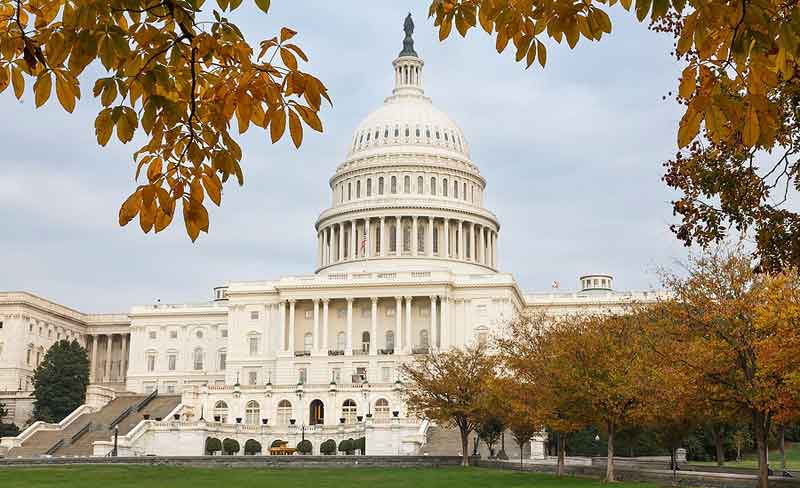Increasing veterinary services in rural areas has been the main goal of a recently reignited bipartisan legislation.
The Rural Veterinary Workforce Act, formerly known as the Veterinary Medicine Loan Repayment Program (VMLRP) Enhancement Act, has been revisited in both the House and the Senate following the collaborative efforts of the American Veterinary Medical Association (AVMA), other stakeholder organizations, and congressional offices.
In the 117th Congress, the VMLRP Enhancement Act received its highest level of congressional support with 89 cosponsors. Senators Debbie Stabenow (D-Mich.) and Mike Crapo (R-Idaho) and Representatives Adrian Smith (R-Neb.) and John Larson (D-Conn.) reintroduced the Rural Veterinary Workforce Act.
“Quality veterinary care is essential to the agricultural economy and public health in rural communities in Michigan and across the country,” says Sen. Stabenow. “But too many communities lack the veterinary services they need. This bipartisan bill will provide incentives to veterinarians to practice in underserved areas, where quality veterinary care is needed to ensure healthy livestock and a safe food supply.”
“Veterinarians in rural areas are crucial in maintaining animal health and welfare, and ensuring ranchers and farmers have access to care for their livestock,” says Sen. Crapo. “By addressing the overly burdensome taxes on the Veterinary Medicine Loan Repayment Program, we can improve access to rural veterinary care while strengthening local economies and protecting the safety of our national food supply.”
The bipartisan legislation would expand the reach of the VMLRP, a program that helps increase access to food animal veterinary services in rural areas by assisting with the significant obstacle of educational debt. The Rural Veterinary Workforce Act would end the federal taxation on VMLRP awards, which would enable more veterinarians to participate in a program that offers up to $75,000 over three years for student loan repayment in exchange for service in U.S. Department of Agriculture (DA)-designated shortage areas. This would make the tax treatment of the awards the same as for the analogous program for physicians.
“Increasing veterinary services in high-priority rural areas through the Rural Veterinary Workforce Act would help keep the nation’s livestock healthy and our food supply safe and secure, and protect public health,” says Rena Carlson, DVM, AVMA president.
In 2023, the USDA declared 237 rural veterinary shortage areas in 47 states, which is more than any year to date. For more, click here.

